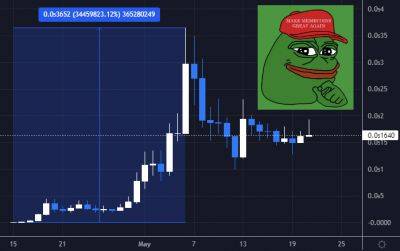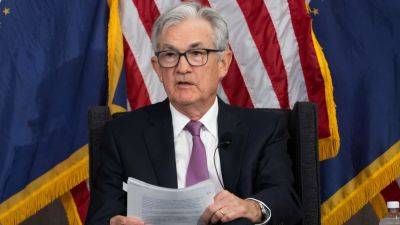Global debt nears record highs as rate hikes trigger 'crisis of adaptation,' top trade body says
The global debt pile grew by $8.3 trillion in the first quarter to a near-record high of $305 trillion as the global economy faced a «crisis of adaptation» to rapid monetary policy tightening by central banks, according to a closely-watched report from the Institute of International Finance.
The finance industry body said the combination of such high debt levels and rising interest rates has driven up the cost of servicing that debt, triggering concerns about leverage in the financial system.
Central banks around the world have been hiking interest rates for over a year in a bid to rein in sky-high inflation. The U.S. Federal Reserve earlier this month lifted its fed funds rate to a target range of 5%-5.25%, the highest since August 2007.
«With financial conditions at their most restrictive levels since the 2008-09 financial crisis, a credit crunch would prompt higher default rates and result in more 'zombie firms' — already approaching an estimated 14% of U.S.-listed firms,» the IIF said in its quarterly Global Debt Monitor report late Wednesday.
The sharp increase in the global debt burden in the three months to the end of March marked a second consecutive quarterly increase following two quarters of steep declines during last year's run of aggressive monetary policy tightening. Non-financial corporates and the government sector drove much of the rebound.
«At close to $305 trillion, global debt is now $45 trillion higher than its pre-pandemic level and is expected to continue increasing rapidly: Despite concerns about a potential credit crunch following the recent turmoil in the banking sectors of the U.S. and Switzerland, government borrowing needs remain elevated,» the IIF said.
The Washington, D.C.-based
Read more on cnbc.com

 cnbc.com
cnbc.com














